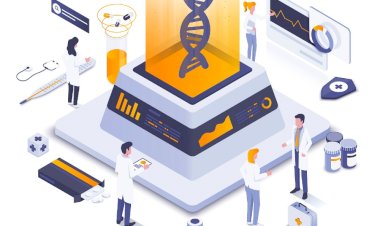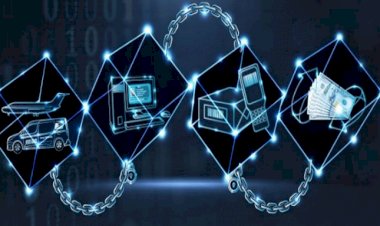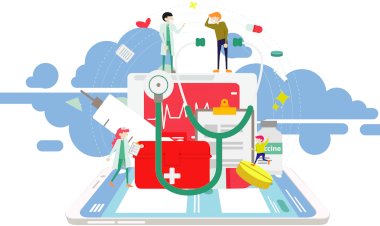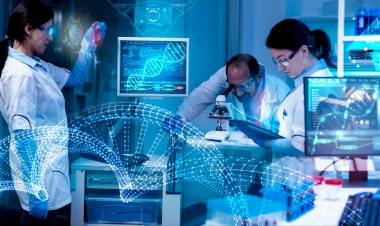Healthcare trending technology
The following are some of the global trends that will have a major impact on the mobile health app industry in 2020 and help improve patient experience and engagement. There is no doubt that technology can only help improve the healthcare industry for patients and customers.

The following are some of the global trends that will have a major impact on the mobile health app industry in 2020 and help improve patient experience and engagement. There is no doubt that technology can only help improve the healthcare industry for patients and customers. With the help of several global technologies, we are constantly changing and advancing from the creation of patient-specific bone, organ, and blood vessel replicas.
Artificial intelligence
Physicians and research scientists feel that AI in healthcare can help people live independently for longer periods of time and escape loneliness. With AI, doctors and nurses can use data and medical records to provide better support and services. Machine learning in healthcare helps physicians access risks, make accurate diagnoses, and provide effective treatment. Although much data has been collected over the years, big data can be useful in using the information to diagnose problems and reveal information that was previously impossible. The radiologist uses artificial intelligence to identify subtle changes in the scan so that serious health problems can be detected early. Early detection and diagnosis allow doctors to make better plans for the treatment and recovery stages of patients, but most people suffer from dementia, heart failure, and osteoporosis several years before impending death. .. This reduces the quality of life and makes you depend on others for survival. With artificial intelligence, machine learning, natural language processing, and computer vision, we hope to provide better end-of-life care to our patients.
3D printing
3D printing makes it easy to design and create special types of prostheses for patients with abnormal illness. These provide a better support system for the patient and a variety of body movement freedom. There are other industries where similar "one size fits all" logic applies. Several products for the patient in the healthcare industry, prostheses, are mass-produced. The fit of the prosthesis may be correct at first, but in the long run it becomes uncomfortable. This is where 3D printing comes in and is an important trend in healthcare technology in 2020. In addition, the doctor can also create a replica of a tumor or other abnormal cells in a particular patient to aid in treatment. With this replica, they can practice. This will allow you to find a minimal avoidance technique for performing surgery or treatment. Doctors can also create different tools on their 3D printers for specific surgeries if desired.
Blockchain
Blockchain healthcare applications are expected to improve healthcare quality, potentially reducing risk and cost. As you probably know, data stored on the blockchain can be shared in real-time across groups of people or institutions, so each event or transaction is time-stamped as a permanent record that cannot be tampered with. Blockchain helps solve this problem. Software that tracks drug inventory from the factory to the consumer makes it easy to monitor industry progress. If a drug has been altered or modified in any way, supply chain visibility can record it and alert authorities. You can also release your application to consumers. With this application, you can see the entire life cycle and progress of medicines.
Internet of Things (IoT)
In addition to monitoring patient health, hospitals can also use IoT to track equipment and facilities. By installing sensors on wheelchairs, oxygen pumps, defibrillators, and other devices, you can easily record items and find them immediately in case of an emergency. It helps to keep track of your heart rate and get reminders Doctors can also track the health of their patients and get the latest information if they see their doctor immediately. The Internet of Things is one of the innovative healthcare technologies of the future, and doctors will continue to be able to change their prescriptions and maintain a more transparent relationship, depending on the patient's health record and status. And remote monitoring allows physicians to monitor patients with major chronic diseases or disorders. Mobile medical devices and smart wearables can collect different types of data about important data such as blood pressure, calories, heart rate, and blood sugar. A remote caregiver or doctor can use this data to provide care or change the care provided. This allows doctors to store the data on their device and transfer it to other health professionals for review.
Telemedicine
Enables remote delivery of guidance to healthcare services and patients. Many organizations are looking for different ways to provide medical care to patients at a lower cost. It is also a time-saving way of providing treatment with basic healthcare IT for mild and non-emergency medical conditions. This allows new knowledge to be distributed efficiently and easily, facilitating communication and knowledge transfer around the world.

 Meghana
Meghana 
































